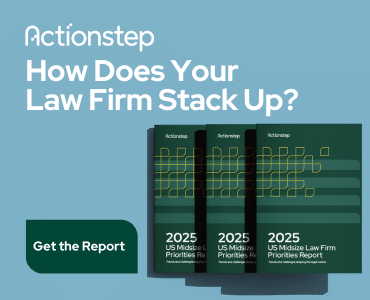If you’re not a so-called millennial, this post is for you. If you are, stay tuned for Linda Hazelton’s follow-up on post on how to communicate with baby boomers and Gen Xers.
As of 2015, millennials are the largest age group in the workforce, according to American think tank Pew Research Group. More than 33 percent of American workers are millennials, and 20 percent of lawyers are millennials. And, according to an Ernst & Young study, in 2025 millennials will make up 75 percent of the global workforce.
Here’s another statistic to ponder: Heather Morse-Geller and Jonathan Fitzgarrald researched in-house counsel ranks as well as corporate C-suites and learned that millennials are found in greater proportions in those quarters than among law firms.
Eight Things to Know About Working with Millennials
So what does this mean? It’s time to improve communications with millennials to make the most of the valuable skills and resources they offer.
1. Purpose matters. Millennials — more so than prior generations — want to have a sense of purpose. They want to be part of something larger than themselves. To engage them, communicate context, big picture and importance. “Our client must reduce its workforce. Your review of their employment manuals and contracts will help them achieve their goals in the most legal, humane and effective way. Make note of anything that references layoffs and highlight anything else that seems important to you.” This is likely to lead to a better work product and a more involved associate than saying, “Review these documents and make note of anything that refers to a reduction in force.”
2. Feedback is essential. I have never worked with a law firm where associates didn’t ask for more and better feedback, and the demand for clear, concrete, real-time performance and status reviews is only increasing. Even though every kid may have gotten a trophy, millennials don’t need or want your comments to be sugar-coated. Feedback should be given frequently, and as the occasion arises. After action reviews (and during action reviews) offer numerous opportunities for training and education for all parties involved.
- What was supposed to happen?
- What actually happened?
- Why was there a difference?
- What can we learn from this?
For the future: Try to catch them doing something right and comment on it. When something happens that isn’t optimal, make your comments future-oriented. “The next time you suspect you’ll have trouble meeting a deadline, please let me know immediately so that we can strategize a solution.”
3. Provide clear guidelines. Stop saying “as soon as possible.” Start saying something like, “Our client wants to have this in hand to review at least two weeks before the brief must be filed. We’ll need time to respond to their questions and comments. I’ll need some time to review your draft, so that means I need a draft from you by Sept. 9 — four weeks before the final deadline.” And don’t say, “Research this and give me your thoughts.” Instead, this provides better guidance: “Research this and then prepare a bulleted list of the salient points by Friday at 9 a.m. If it seems as if it will take more than four hours — once you’ve gotten started — come back to discuss it with me.”
4. Inspect what you expect. After you’ve given an assignment, take the initiative — yes, you — to follow up. “How is the research coming along? Are you on track to provide me a report by Friday morning?” If it rankles you to have to check up on them, either ask your assistant to do so or tell the assignee to check in at specified intervals, and then you or your assistant should calendar those check-in times. This should help to avoid having to finish a project yourself at the last minute.
If you don’t like being the recipient of upward delegation, try asking, “Is this your best work?” If you sense hesitation, send them away to continue until they are satisfied.”
Finally, if, despite your best efforts at assigning clearly, you receive work that you must redo because of timing, sit down and conduct an after-action review, showing (for example) line-by-line what you changed and why. If you don’t take the time to do this, prepare yourself to be redoing their work often.
5. Put their tech addiction to use. Let reality work to your advantage instead of fighting it. Have millennial associates offer lunch-and-learn sessions to you (or to clients) on how to make the most of a program or application.
6. Set stretch goals. Challenge them to do their best. As a millennial recently recounted, “I keep asking my manager for a review. He just says to keep doing what I’m doing. I want him to push me — to challenge me to do my best.”
7. Don’t be stuffy; don’t be snarky. Just don’t.
8. Communicate with clients according to their preferences. Train your millennials to do so as well. If your client prefers Skype to face-to-face meetings, then act accordingly. If your baby-boomer clients prefer written reports over texts and in-person meetings, then that’s what you and your millennials should offer. Every situation deserves its own strategy.
Millennials are the future; invest in them wisely!
Illustration ©iStockPhoto.com

















